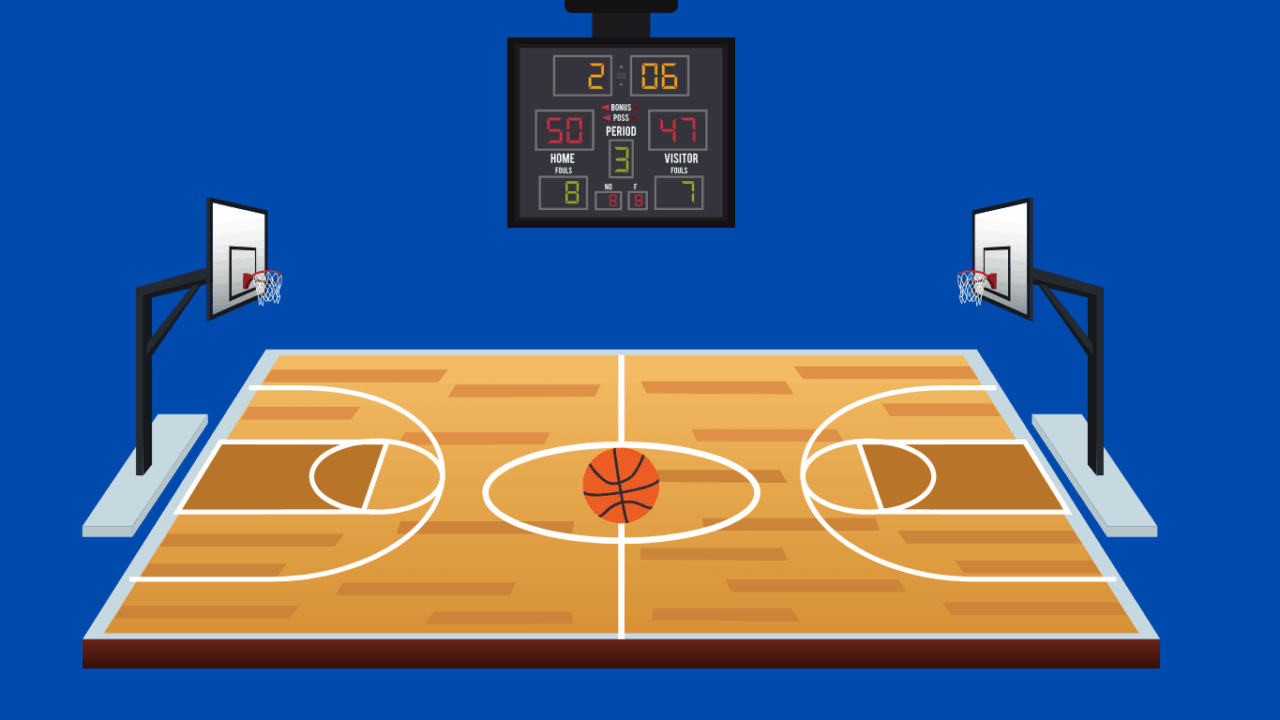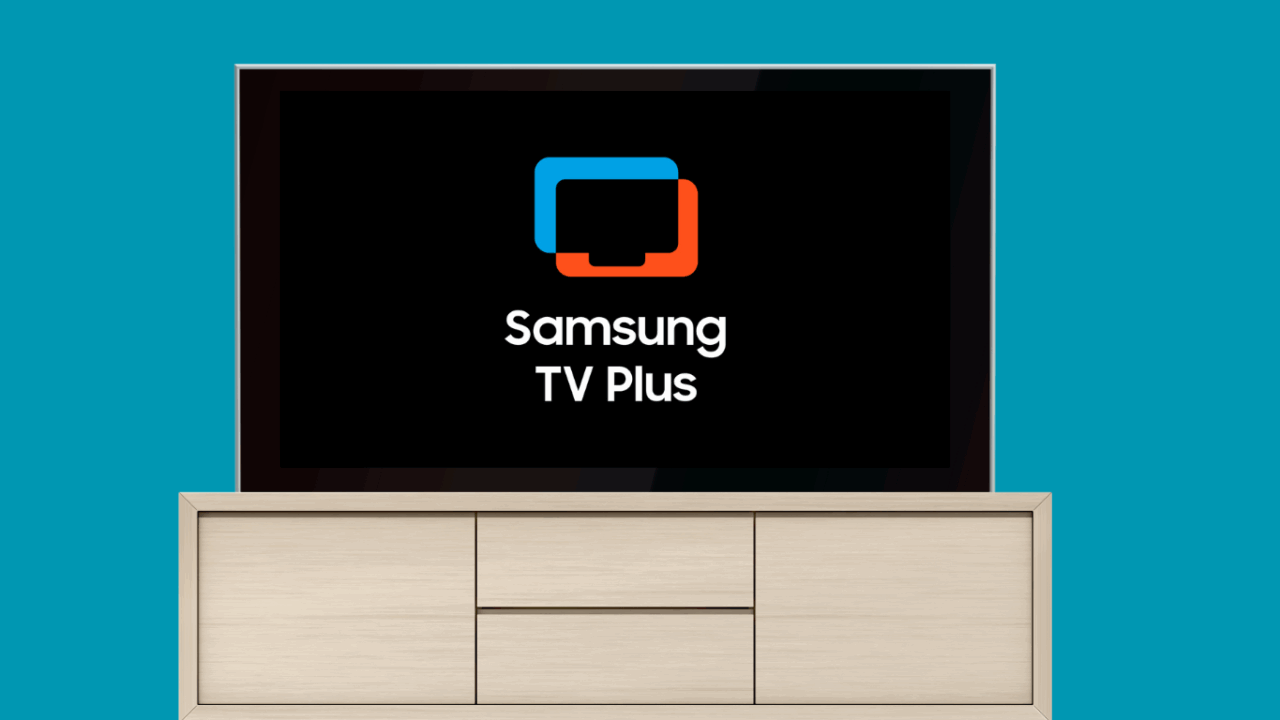The Ice Bucket Challenge Returns to Spotlight Mental Health

2014 was a breakthrough year for content creators. Livestreaming became the norm, Vine was popular, Instagram was different, and more creators began experimenting with longer-form content and reaction videos.
In the summer of that year, the viral trend known as the ALS Ice Bucket Challenge began. This challenge was originally created over a decade ago to raise money and awareness for Amyotrophic Lateral Sclerosis (ALS). Many celebrities, including Chris Pratt, Oprah, LeBron James, and Ben Stiller, participated in the trend while also making donations to support the cause.
In 2025, the ice bucket challenge made a comeback, adapting to a new landscape where today’s audiences seek authentic content rather than participation for the sake of it. This time, the challenge aims to raise awareness for mental health, and it is called the #SpeakYourMIND Ice Bucket Challenge.
Wade Jefferson, a student at USC, was the first to bring the challenge back in memory of two close friends he lost to suicide. Initially, the goal was to raise just $500 for the nonprofit organization Active Minds. However, the movement quickly gained momentum after his first post on Instagram and has now surpassed $190,000 and continues to grow.
On TikTok, creators like circuit_the_robot, Carter Kench, and karljacobs are putting their unique spin on the ice bucket challenge while also discussing mental health. To date, there are over 160,000 posts related to the ice bucket challenge on the platform.
Marketers have noticed how rapidly the ice bucket challenge has gained traction, highlighting its emotionally resonant origins and genuine, grassroots appeal. Unlike previous viral trends that were heavily influenced by corporate involvement, this revival feels deeply personal, making it more likely that today’s audiences will embrace and share it organically.
Haley Kinney, Marketing and PR Coordinator at Horowitz Agency, stated that the trend previously emerged as a significant cultural phenomenon on Instagram. As the original drivers of the trend, primarily Gen Z and Millennials, continue to migrate to TikTok, the platform’s highly responsive algorithm presents a renewed opportunity for the trend to gain viral momentum. This shift matters, as TikTok’s influence on pop culture and consumer behavior has grown substantially, potentially amplifying the trend’s reach and impact far beyond its initial success
“This is a hot spot for marketers as Gen Z and Millennials value social justice and corporate activism,” she said. “Participation in this trend could yield awareness and recognition for brands that support these causes.”
In 2014, major brands like Samsung, McDonald’s, Pillsbury, and Old Spice joined the original Ice Bucket Challenge, using the moment to both participate and promote their products. This time, however, big brands were notably absent. One likely reason is the changing way today’s social media users, especially younger audiences, view brand participation in viral trends.
Many now feel that brands don’t need to involve themselves in every cultural moment, particularly when it risks coming off as inauthentic. A recent example is brands jumping on the bandwagon during the viral Ashton Hall video trend.
Another possible factor is that brands were hesitant to commit marketing budgets to a repeated campaign like the Ice Bucket Challenge, choosing instead to invest in more strategic and sustained efforts to support mental health initiatives.
Megan Hueter, Executive Vice President and Head of Digital at MikeWorldWide, said the trend reflects key cultural themes, with mental health at the forefront. She noted that 76% of Americans report stress-related health effects, according to the American Psychological Association. In a time of widespread burnout, content that taps into empathy, nostalgia, and collective experience offers a simple, uplifting way to connect. Hueter also added that since TikTok was not around 10 years ago, now is the perfect time for brands and creators to spread awareness of mental health through this challenge on the platform.
“A new generation can reinvent it with trending sounds, transitions, and filters. TikTok’s duets and remixes let people build on each other’s videos, making it viral by design,” said Hueter. “And with a comment section that doubles as a creative brainstorm, there’s huge potential for clever brands to join the convo in a way that’s fun, unexpected, and totally native.”





